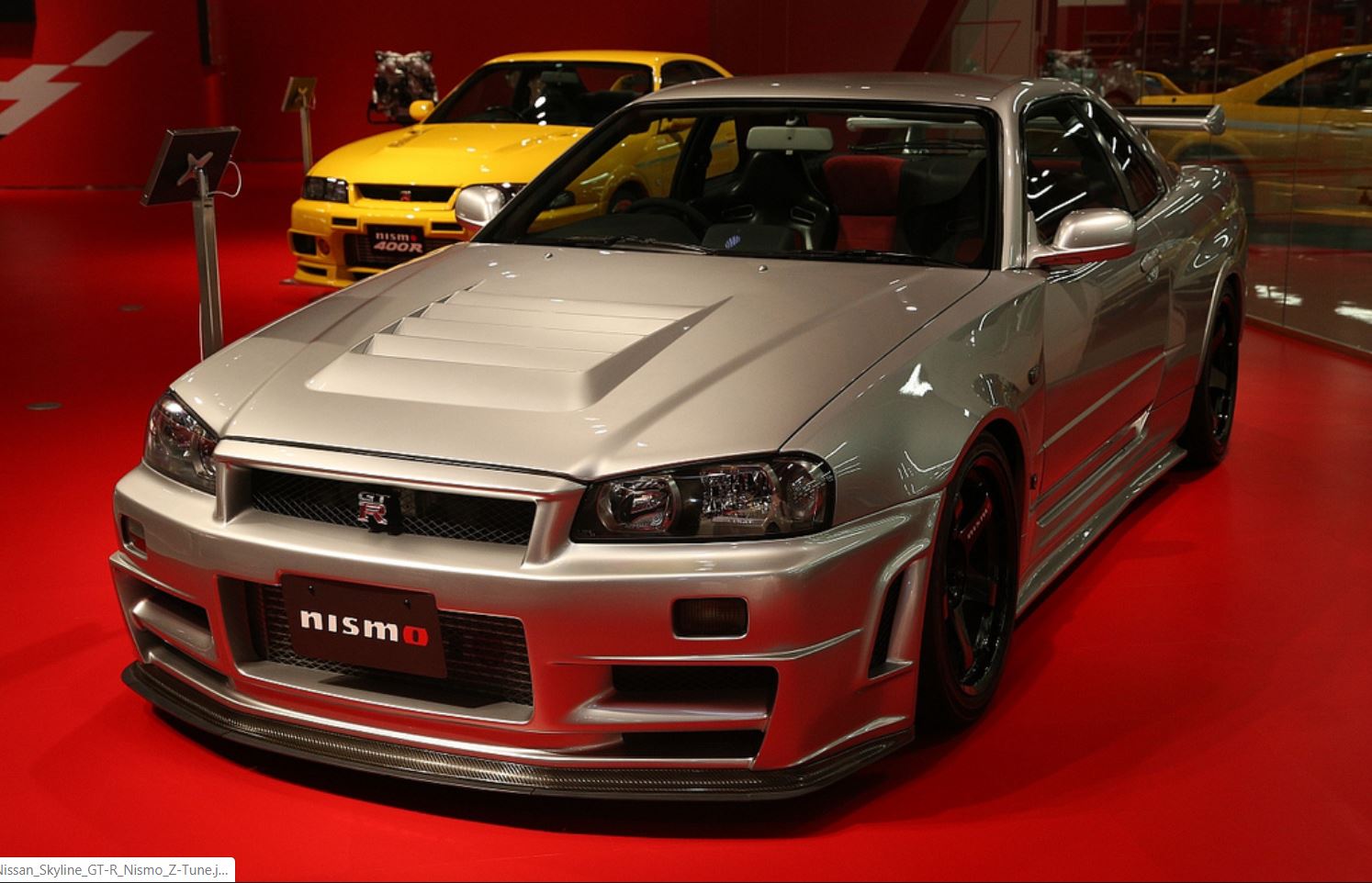What Cars Are Made In Japan

So, you're diving into the world of Japanese automobiles, eh? That's fantastic! Knowing where your car is born is more than just trivia; it's crucial for sourcing parts, understanding build philosophies, and even diagnosing potential issues. This guide breaks down the major players and models manufactured within Japan itself, focusing on providing you, the knowledgeable DIYer, with actionable information.
Why Knowing "Made in Japan" Matters
The "Made in Japan" label carries a certain weight, often associated with reliability, precision engineering, and high-quality materials. Understanding which cars are truly Japanese-built helps you:
- Source Correct Parts: While a "global car" might have parts made in various countries, knowing the *origin* can lead you to suppliers specializing in Japanese-made components.
- Understand Manufacturing Tolerances: Japanese manufacturing often adheres to stricter tolerances. Knowing this can be vital when performing engine rebuilds or suspension work.
- Identify Common Issues: Certain models produced in specific Japanese factories might have known quirks or weaknesses due to manufacturing processes or material choices.
- Appreciate the Engineering Philosophy: Japanese automotive engineering is often influenced by principles like kaizen (continuous improvement) and a dedication to minimizing waste (muda). Understanding this mindset can aid in diagnostics and repair.
Key Players and Their Japanese-Made Offerings
Let's break down the core Japanese manufacturers and some of their prominent models still produced in Japan. Remember that production locations can shift over time, so verifying the VIN (Vehicle Identification Number) is crucial. A VIN starting with "J" indicates that the vehicle was assembled in Japan.
Toyota
Toyota boasts numerous plants across Japan, producing a wide array of vehicles. Here are a few key examples:
- Toyota Century: A hand-built limousine, a pinnacle of Japanese luxury and craftsmanship.
- Toyota Crown: A long-running series that demonstrates Toyota's blend of reliability and technological integration.
- Toyota Land Cruiser (Select Models): The legendary Land Cruiser, known for its off-road prowess and durability. It's key to understand that *not all* Land Cruisers are Japanese-made anymore.
- Toyota GR Yaris: A performance-oriented hatchback, showcasing Toyota's commitment to motorsports technology.
Nissan
Nissan's Japanese production focuses on high-performance models and vehicles tailored to the domestic market.
- Nissan GT-R: The iconic "Godzilla," a high-performance coupe built with advanced technology.
- Nissan Skyline (Select Models): While some Skylines are manufactured elsewhere, certain trims are still produced in Japan.
Honda
Honda maintains a strong presence in Japan, producing a mix of domestic and global models.
- Honda NSX: A hybrid supercar, showcasing Honda's advanced engineering capabilities.
Subaru
Subaru's production is heavily concentrated in Japan, reflecting its strong national identity.
- Subaru WRX STI (Prior to Discontinuation): Known for its rally heritage and symmetrical all-wheel drive (AWD) system. Though discontinued, it was a mainstay of Japanese production for a long time.
- Subaru BRZ: Co-developed with Toyota (Toyota GT86/GR86), the BRZ showcases a focus on driving dynamics.
Mazda
Mazda is known for its unique engineering approaches, particularly its rotary engines and focus on driving pleasure. Production remains centered in Japan.
- Mazda MX-5 Miata: A lightweight roadster known for its exceptional handling and driving experience.
Suzuki
Suzuki excels in producing small, fuel-efficient vehicles and motorcycles. Many of these are manufactured in Japan, especially those destined for the domestic market (JDM).
- Suzuki Jimny: A compact and capable off-road vehicle, popular for its ruggedness and simplicity.
Understanding Assembly Plant Specifics
Even within a single manufacturer, different assembly plants might specialize in specific types of vehicles or employ slightly different manufacturing processes. For example, Toyota's Takaoka Plant is known for its high-volume production of sedans, while the Motomachi Plant handles more specialized vehicles. This impacts the source of parts and potential common failure points.
Real-World Use: Basic Troubleshooting with "Made in Japan" Knowledge
Let's say you're working on a 2015 Subaru WRX STI (manufactured in Japan) and experiencing persistent electrical issues. Knowing its origin allows you to:
- Research Japanese-Specific Wiring Diagrams: You might find more detailed and accurate diagrams tailored to the Japanese production models.
- Investigate Common Japanese-Made Component Failures: Certain electrical components sourced from Japanese suppliers might have known failure rates or susceptibility to corrosion in specific climates.
- Access Japanese-Language Technical Forums: These forums can provide valuable insights from other owners and mechanics who have encountered similar issues.
Safety Considerations
When working on any vehicle, safety is paramount. Here are a few components that require extra caution:
- SRS (Supplemental Restraint System) - Airbags: These systems contain explosive devices. Always disconnect the battery and allow sufficient time for capacitors to discharge before working near airbags.
- High-Voltage Systems (Hybrids and EVs): Hybrids and electric vehicles have high-voltage systems that can be lethal. Proper training and insulated tools are essential.
- Fuel System: Fuel is highly flammable. Work in a well-ventilated area and avoid sparks or open flames.
The Value of Technical Diagrams
Technical diagrams are invaluable for any DIY mechanic. They provide a visual representation of how components are connected and how systems function. These diagrams are especially useful when:
- Diagnosing Electrical Issues: Tracing wires and understanding circuit layouts.
- Performing Engine Rebuilds: Identifying part locations and assembly sequences.
- Modifying Your Car: Planning custom modifications and ensuring proper integration.
While we don't have a single comprehensive diagram listing all Japanese-made cars and their specific components, you can often find detailed schematics and diagrams for individual models through manufacturer websites, online databases (subscription required), and specialized automotive forums.
Remember, the information provided here is a starting point. Always verify the VIN and consult official service manuals for the most accurate and up-to-date information for your specific vehicle. Happy wrenching!
